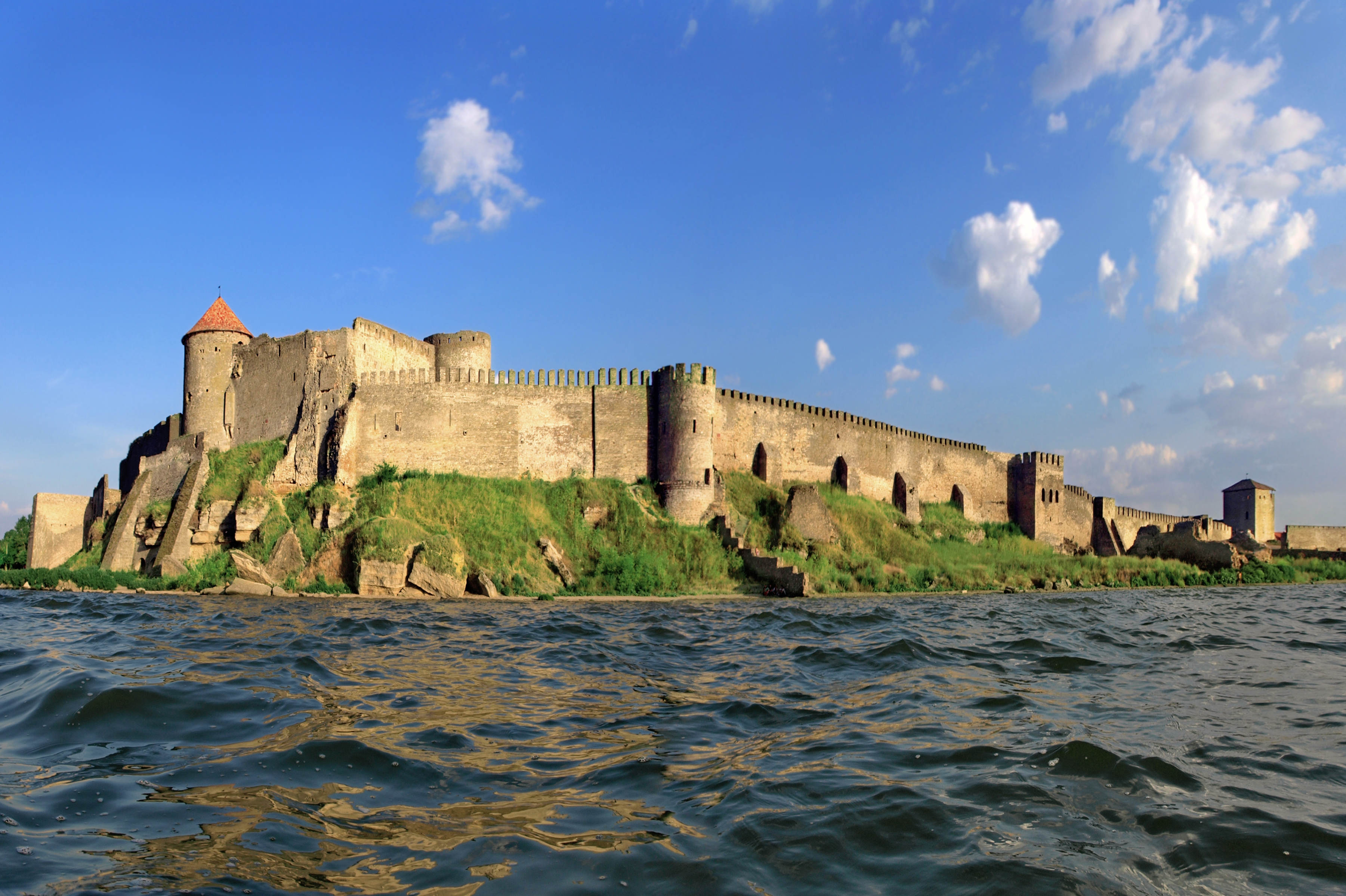Traditionally, the South of Ukraine, the Odesa region, is famous for its sea, beaches, delicious original cuisine and wine tastings. But its tourism potential is not limited to this. What about cultural and historical monuments? If you are going to this region for more than a day or two, you should definitely visit Akkerman (the other name is Bilhorod-Dnistrovskyi). For example, you can join an organized trip to the Odesa region.
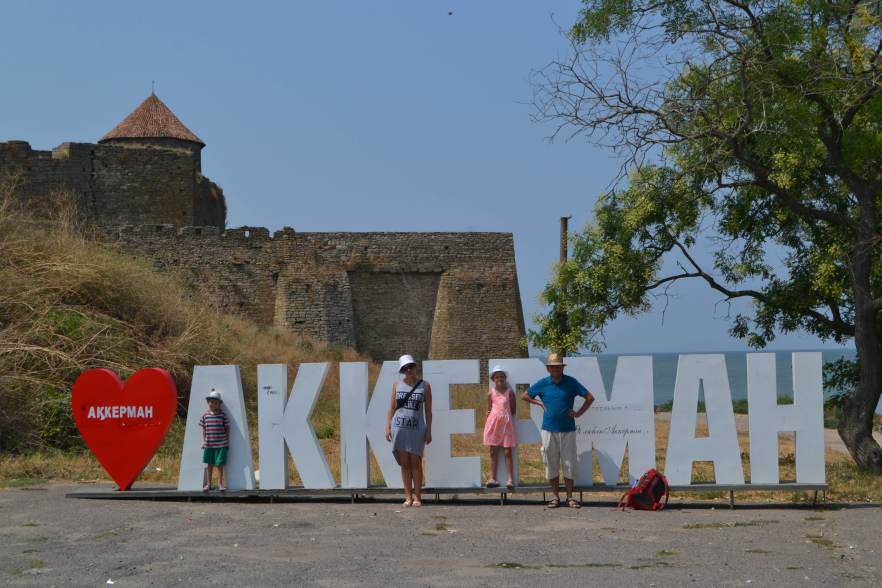
What are the origins of the city?
Bilhorod-Dnistrovskyi, first known as Tyras, appeared at the end of the 6th century BC due to immigrants from the Ionian city-state Miletus who founded a settlement at the intersection of major trade routes. The geographical position contributed to its rapid transformation into a wealthy and independent city, which in the 4th century BC, began to mint its coin.
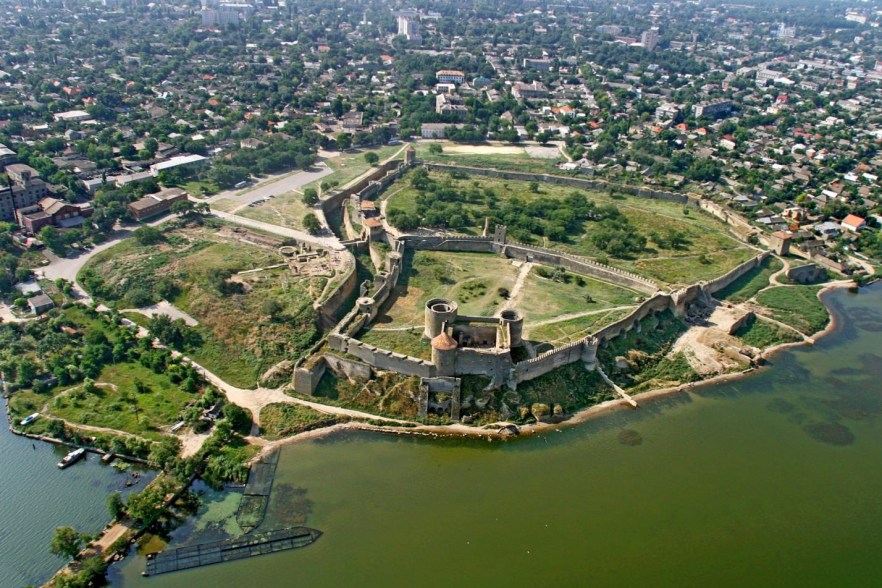
In the 9th century, the Slavic tribes, Tyvertsi and Ulychi, built a city on the site of ancient Tyras and named it the Bile Misto (White City), Bilhorod. Under this name, it became part of the old Kyivan Rus state and soon became an important outpost on the border between Rus and Byzantium.
After the collapse of Kyivan Rus, Bilhorod became part of the Halychyna-Volyn Principality and then the Russian Kingdom, whose land stretched from the Carpathian mountains to the Black sea. Later, the city used to be a part of the Golden Horde, the Genoese Republic, the Moldavian state, the Ottoman and Russian empires and changed its name 16 times. The most famous of them are Tyras and Akkerman. Most of the names mean White city.
They believe that the beginning of the Bilhorod-Dnistrovskyi fortress construction as it looks now began during the Golden Horde, in the XIII century, and it lasted for two centuries.
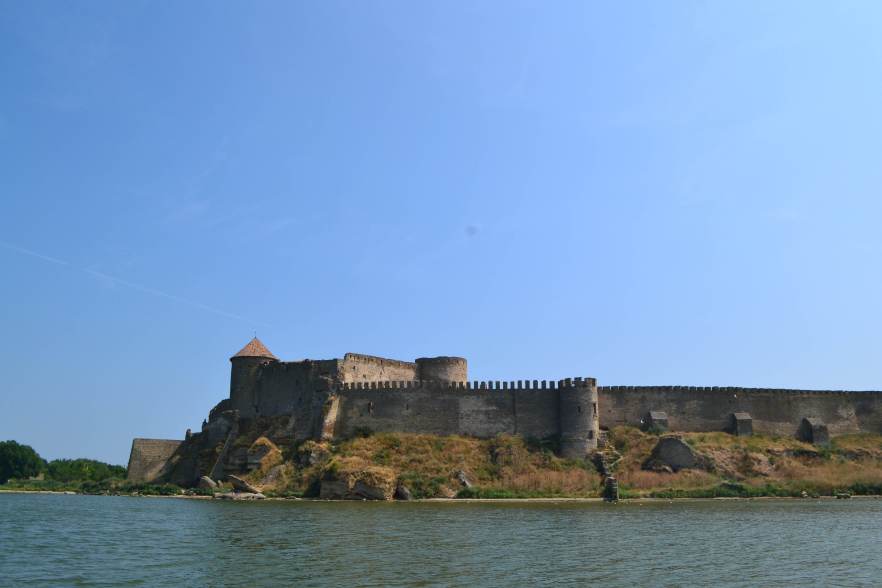
Was the fortress important?
At the beginning of the 14th century, the Genoese arrived in this region. They achieved the transfer of this fortified shopping centre from the Golden Horde into their possession so they could expand their trade.
They completed the fortress construction in the city area under the rule of the Moldavian Principality; then the city was called Cetatea Alba. Since the 15th century, Bilhorod was under the rule of the Ottoman Empire. Only 300 years later, the Russian Empire managed to annex these territories.
After Bilhorod-Dnistrovskyi Fortress lost the status of a military facility in 1832, the city authorities demolished the inside buildings, but the walls survived due to a sturdy mortar.
Lesia Ukrainka, Oleksandr Pushkin and many other famous people visited the fortress in their time. During World War II, the Nazis occupied the city, and after its liberation, the city returned its Slavic name, Bilhorod-Dnistrovskyi. In 1963, they included the fortress to the list of architectural monuments under state protection.
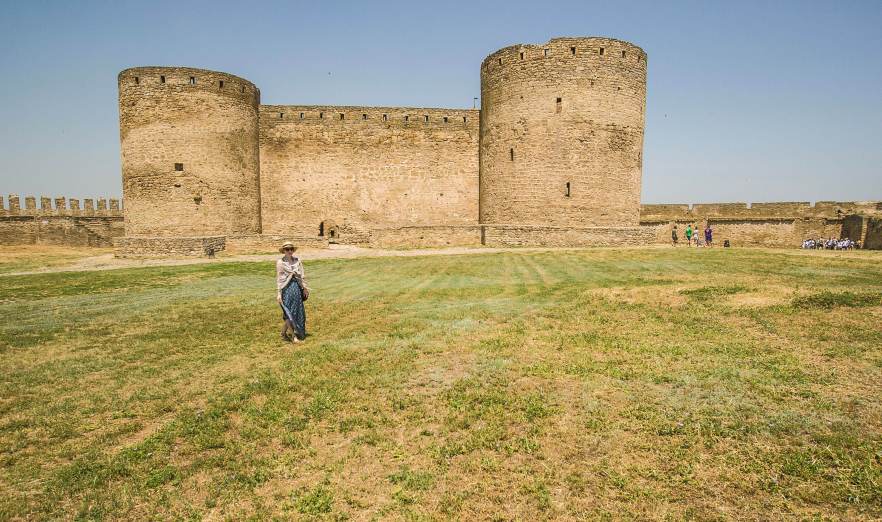
So how does this fortress look?
Bilhorod-Dnistrovskyi Fortress is a unique monument of defensive architecture of the Middle Ages and the biggest fortress in Eastern Europe.
The fortress really impresses with its power and size. The length of the defensive walls is about 2.5 km, the height of the walls and supports is from 5-15 m, and the thickness varies from 1.5 to 5 m.

The total area of the fortification occupies 9 hectares and has the shape of an irregular polygon. Initially, the fortress consisted of three spacious courtyards, which had their own purposes and individual defensive systems.
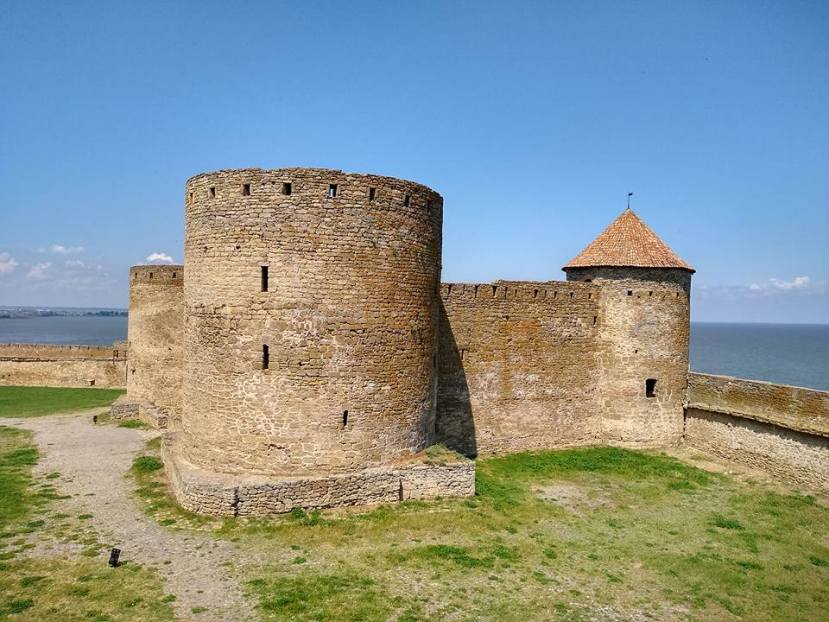
The most important part of the fortress was the Citadel, which was protected by four towers. According to their location, 20m towers formed a small courtyard of about 300 square meters. The construction of the Citadel belongs to the Genoese period of 13th-14th centuries. Here, they had the command post, kept the treasury, important documents and arsenal. The citadel is inside the garrison courtyard, where, in its turn, there were small barracks, warehouses and stables.
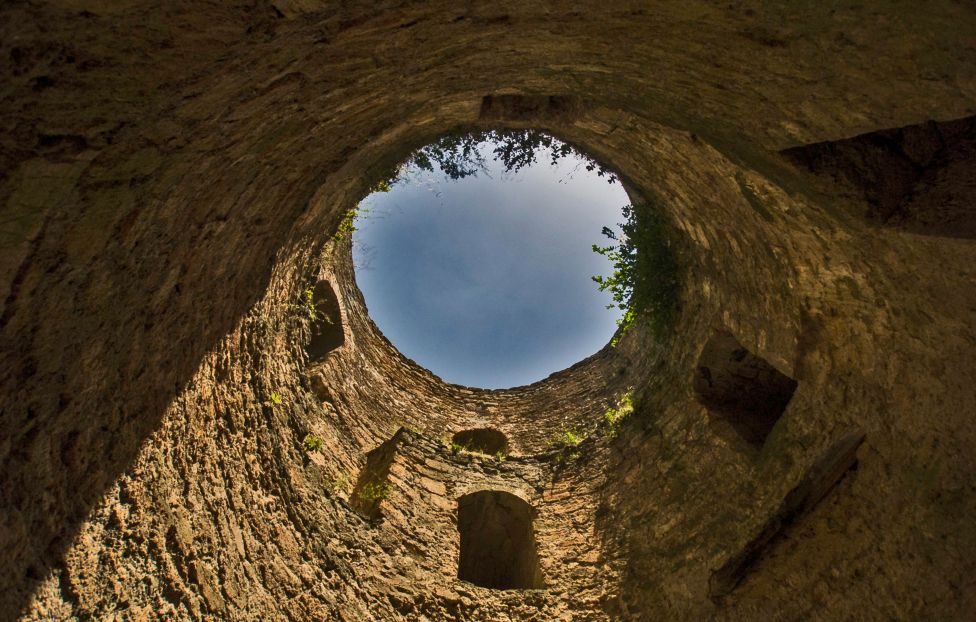
The largest area of the fortress, 5 hectares, was occupied by a Civil courtyard. They only used it to protect the population from the outskirts. Here remained several towers: Divocha (Ovidia), Vartova, Pushkin’s and the ruins of the minaret. There used to be a third yard too, Karantynnyi or Portovyi, but the Dniester Estuary and private houses along the estuary to the north of the fortress buried its remains.
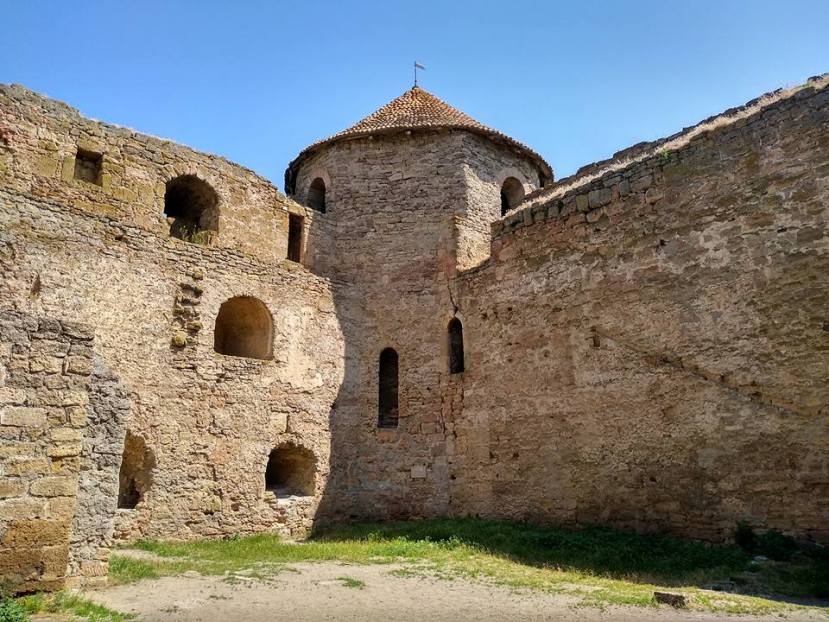
Why visit the Bilhorod-Dnistrovskyi Fortress?
It is worth to climb the fortress walls to admire the seascapes; there is stunning scenery, and you can take a lot of beautiful photos. And after seeing all the attractions of the fortress, you should visit the village of Shabo, the wine capital of Bessarabiia, which is famous for its products.
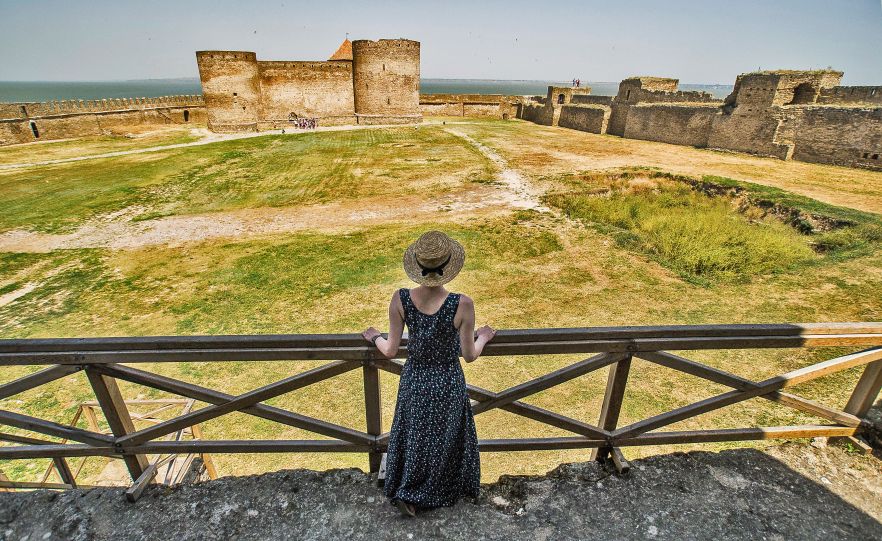
You can read a lot about the fortress, contemporary knightly tournaments that take place here every year, or about regattas. However, it is better to visit this place at least once in your life so you can truly appreciate its history, feel the unique spirit of freedom and hear the sound of the sea behind the majestic walls. So, we welcome you to visit the biggest fortress in Eastern Europe on our tour Vylkovo, Shabo, Akkerman, Odesa.

